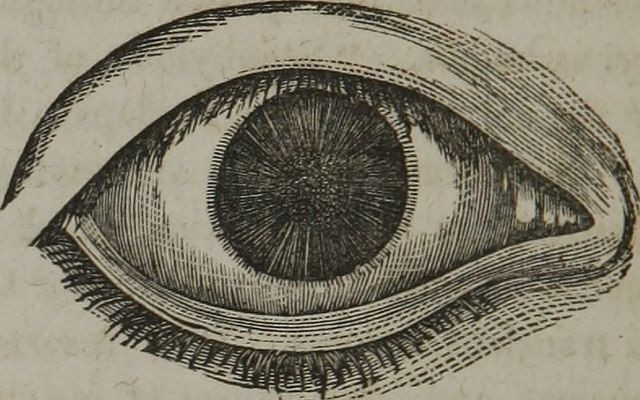Glaucoma Cure Now Possible As Scientists Discover Cause Of Optical Disease

After discovering in animal models a novel cause of glaucoma, scientists from the Feinberg School of Medicine at Northwestern University have begun work on a new eye drop intended to cure the disease once and for all.
The new study, published in the Journal of Clinical Investigation, found the pressure that builds in many glaucoma patients’ eyes is the result of particular molecules that build upon each other and form a kind of plug on the key passageway that allows fluid to drain from the eye. When the fluid pools instead, pressure builds and can damage the optic nerve, causing vision loss.
"This is a big step forward in understanding the cause of the disease that steals the eyesight from 60 million people worldwide," said senior study author and Northwestern Medicine nephrologist Dr. Susan Quaggin in a statement.
The key passageway involved in Quaggin’s study is called the Schlemm’s canal. It’s responsible for collecting and releasing roughly 2 to 3 microliters of eye fluid every minute. For years, doctors observed patients with malfunctioning Schlemm’s canals, but couldn’t deduce what was causing the poor function enough to treat it, let alone end it. But Quaggin and her team believe they’ve found the answer.
The body’s natural answer to a blocked-up Schlemm’s canal are a bundle of blockage vessels, which help drain the build-up and restore the eye’s plumbing to its original healthy state. Two things may stand in the way, however. In their research, Quaggin and her colleagues discovered a chemical pathway that turned out to be intrinsic to healthy function of the Schlemm’s canal and the substances necessary for its growth. They refer to the two substances, a growth factor known as angiopoeitin and a receptor for it, known as TIE2, as a lock and key. If either is missing in mice, the solution doesn’t work.
"We really nailed that pathway as being critical," Quaggin said. "Now we know these two substances are key factors in the development of glaucoma, which wasn't known before." The knowledge is critical if scientists are ever to tackle the disease head-on. “Our goal now is to grow new 'pipes' or vessels to cure the glaucoma.”
Though the models rely on mice anatomy, the researchers are confident the findings will translate to human trials. They’re currently at work building a peptide nanostructure in the form of an eye drop, which would work to stop the molecules responsible for weakening the drainage vessels. Think of it as an artificial way to enhance what the body already possesses, similar to the way angioplasties rescue the arteries.
"Just imagine if we could grow a bigger Schlemm's canal in anybody with glaucoma to lower the pressure in the eye," Quaggin said. "That's what we're hoping for with this new eye drop."
Source: Thomson B, Heinen S, Jeansson M, et al. A Lymphatic Defect Causes Ocular Hypertension and Glaucoma in Mice. Journal of Clinical Investigation. 2014.
Published by Medicaldaily.com



























